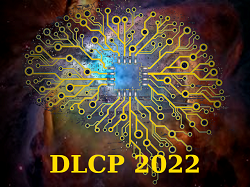Speaker
Description
Currently, there are more than two years of statistics accumulated on COVID-19 for a large number of regions, which allows the use of algorithms that require large training sets, such as neural networks, to predict the dynamics of the disease.
The article provides a comparative analysis of various COVID-19 models based on forecasting for the period from 07/20/2020 to 05/05/2022 using statistics on the regions of the Russian Federation and US states The forecast target is the sum of confirmed cases over the forecast horizon.
Models based on the Exponential Smoothing (ES) and LSTM methods were considered.
The training set included data from all regions. The MAPE metric was used for model comparison, the evaluation of the effectiveness of the LSTM in the learning process was carried out using cross-validation and the MSE metric.
Comparisons were made with models from literature sources, as well as with the baseline model “tomorrow like today” (sum for forecast horizon equals today cases multiplied by forecast horizon).
It is shown that on small horizons (up to 28 days) the “tomorrow like today” and ES algorithms show better accuracy than LSTM. In turn, on longer horizons (28 days or more), the preference should be given to the more complex LSTM model.
| Agreement to place | Participants agree to post their abstracts and presentations online at the workshop website. All materials will be placed in the form in which they were provided by the authors |
|---|

